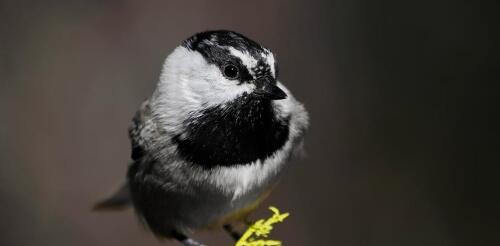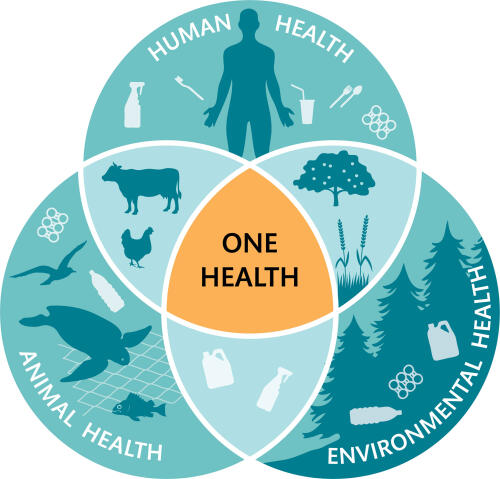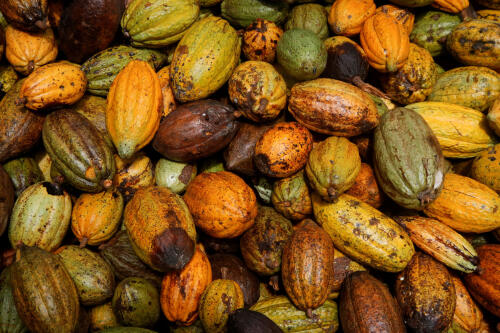Scientists
Wet snow pelts my face and pulls against my skis as I climb above 8,000 feet in the Sierra Nevada of eastern California, tugging a sled loaded with batteries, bolts, wire and 40 pounds of sunflower seeds critical to our mountain chickadee research. As we reach the remote research site, I duck under a tarp and open a laptop. A chorus of identification numbers are shouted back and forth as fellow behavioral ecologist Vladimir Pravosudov and I program “smart” bird feeders for an upcoming experiment. I have spent the past six years monitoring a population of mountain chickadees here, tracking their life cycles and, importantly, their memory, working in a system Pravosudov established in 2013. The long, consistent record from this research site has allowed us to observe how chickadees survive in extreme winter snowfall and to identify ecological patterns and changes. Snow piles up on the experiment’s bird feeders. Each chic...
A research project based at Heidelberg University and Heidelberg University Hospital targets plastic particles and climate change as driving factors for the spread of antimicrobial resistance (AMR) in the environment. The participating researchers will investigate socio-ecological interactions within aquatic habitats affected by plastic pollution, contamination with antibiotics and climatic influences, and explore environmental and health-related impacts in the context of Planetary Health. The project is led by Prof. Dr Joacim Rocklöv, Humboldt Professor at the Interdisciplinary Center for Scientific Computing and the Heidelberg Institute of Global Health, and comprises eleven international partners, including the Research Institute for Tropical Medicine in the Philippine Department of Health. The European Union is funding the four and a half-year international collaboration project with more than six million euros. “Scientific research is needed to show...
They call it “The Blob.” A vast expanse of ocean stretching from Alaska to California periodically warms by up to 4 degrees Celsius (7 degrees F), decimating fish stocks, starving seabirds, creating blooms of toxic algae, preventing salmon returns to rivers, displacing sea lions, and forcing whales into shipping lanes to find food. The Blob first formed in 2013 and spread across an area of the northeast Pacific the size of Canada. It lasted for three years and keeps coming back — most recently last summer. Until now, scientists have been unable to explain this abrupt ocean heating. Climate change, even combined with natural cycles such as El Niño, is not enough. But new analysis suggests an unexpected cause. Xiaotong Zheng, a meteorologist at the Ocean University of China, and international colleagues argue that this extraordinary heating is the result of a dramatic cleanup of Chinese air pollution. The decline in s...
A costly step in the process of taking carbon dioxide emissions and converting them into useful products such as biofuels and pharmaceuticals may not be necessary, according to University of Michigan researchers. Carbon dioxide in the Earth’s atmosphere is a key driver of climate change, with the burning of fossil-fuels accounting for 90% of all CO2 emissions. New EPA regulations introduced in April call for fossil fuel plants to reduce their greenhouse gas emissions by 90% by 2039. Many researchers argue that storing that CO2 would be a waste when carbon is needed to make many products we depend on daily, such as clothing, perfume, jet fuel, concrete and plastic. But recycling CO2 typically requires that it be separated from other gasses—a process with a price tag that can be prohibitive. Now, new kinds of electrodes, enhanced with a coating of bacteria, can skip that step. While conventional metal electrodes react with sulfur, oxygen and other co...
Cocoa fruit contains other valuable ingredients that have been underutilised until now, the researchers say. Scientists in Switzerland have invented a way to make chocolate healthier and more sustainable. No Oompa Loompas, chocolate rivers or magical gum were involved in the making of this new treat – simply a fresh look at the whole cocoa fruit. Typically, only cocoa beans and pulp are extracted for our chocolate bars. But researchers at the ETH Zurich federal technology institute have discovered that the cocoa pod husk can be used too, as a replacement for granulated sugar. Their new recipe involves taking what’s known as the endocarp, the inner layer of the fruit shell, and mixing it with some of the pulp surrounding the beans to make a sweet cocoa jelly. “This means that farmers can not only sell the beans, but also dry out the juice from the pulp and the endocarp, grind it into powder and sell that as well,” explain...




